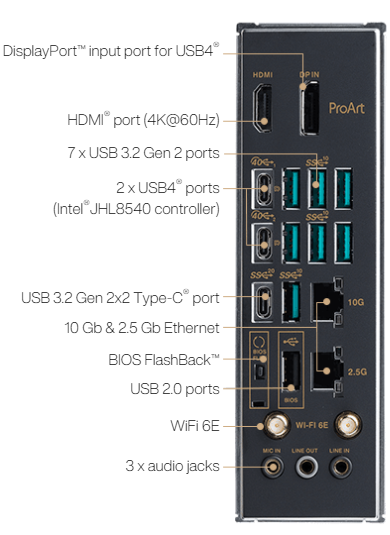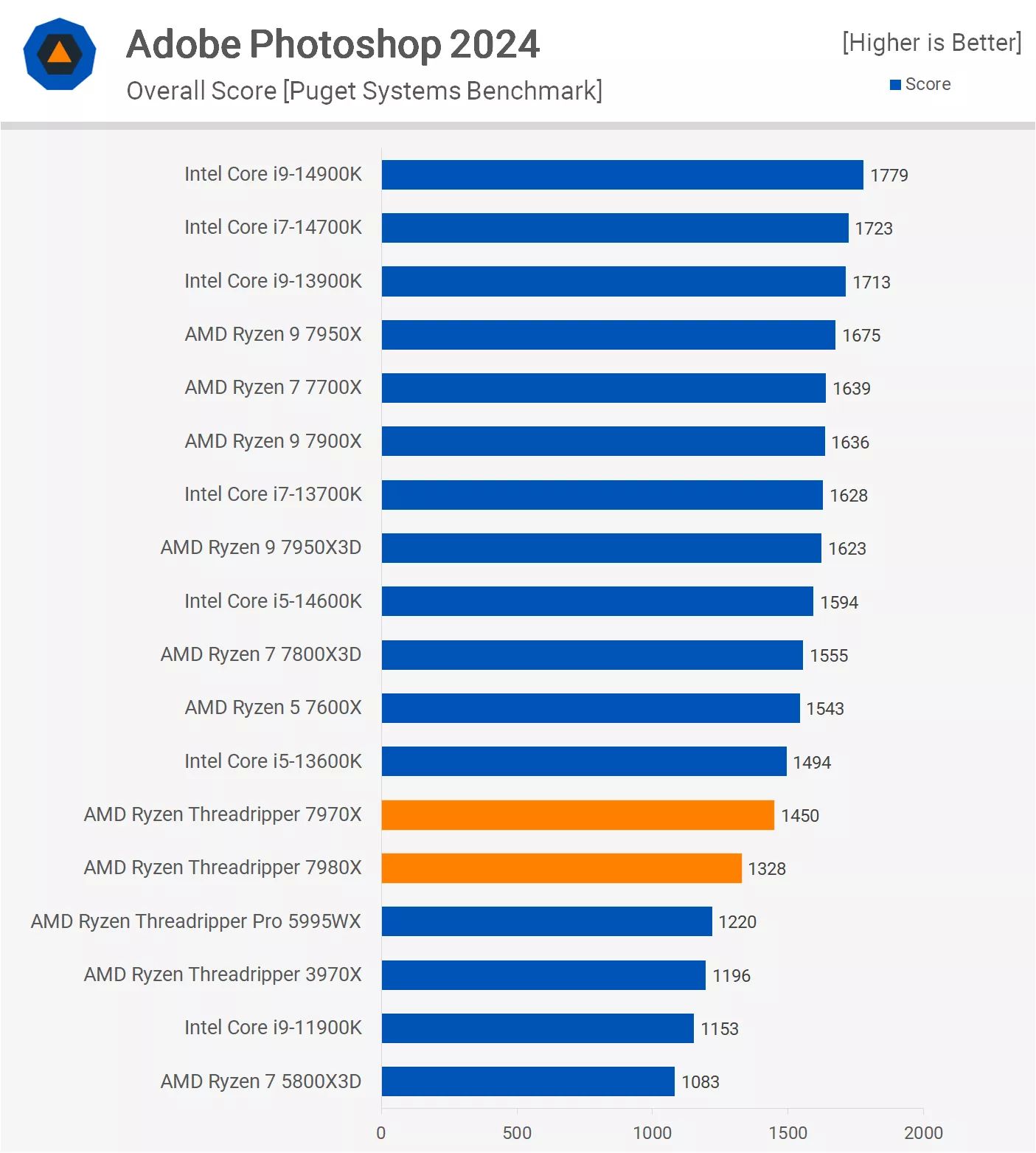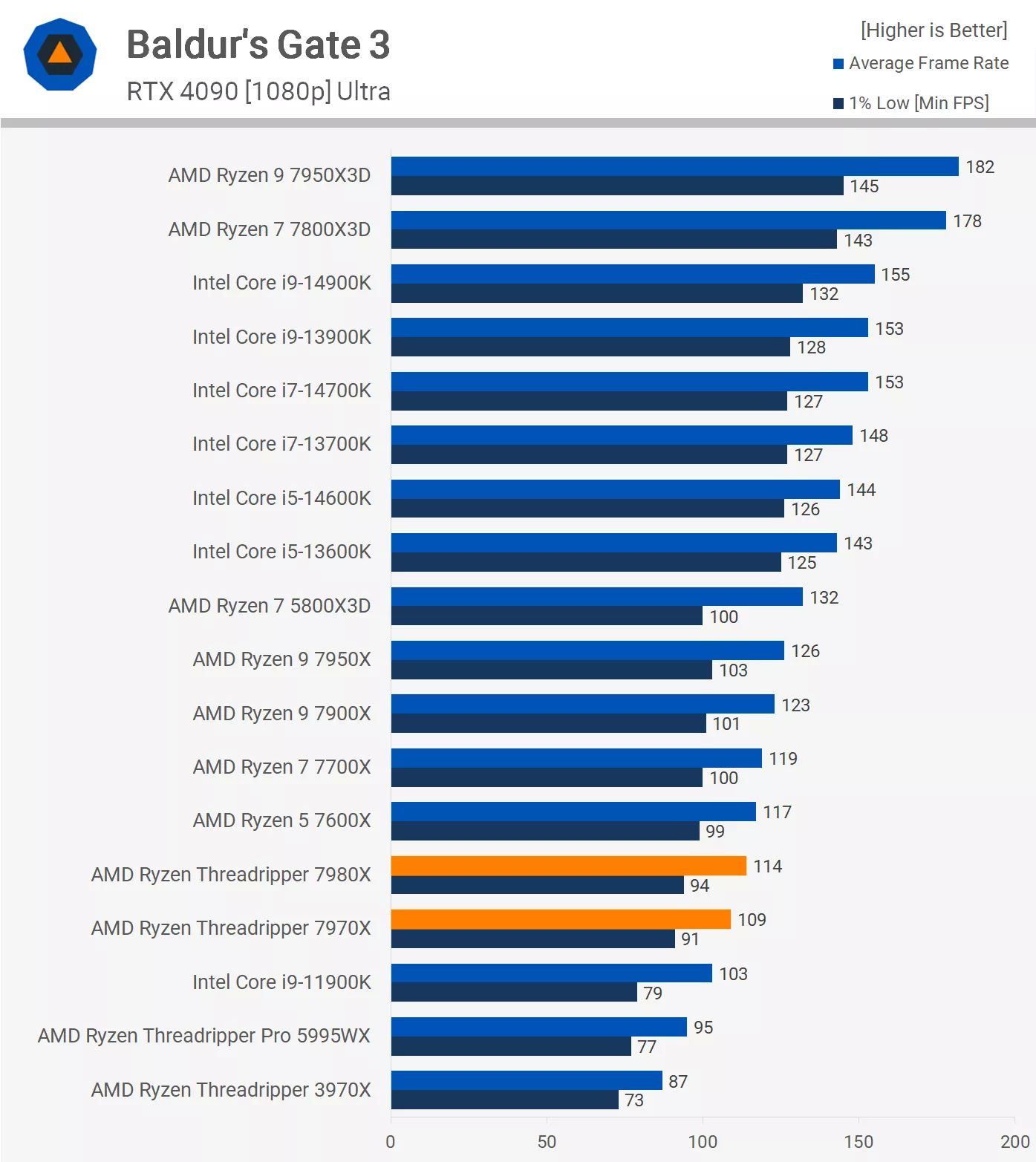Over on LinkedIn, there is a market forecast that predicts
If you believe this forecast, then there is no way that Broadcom can defend its market share. Customers simply won't stand for it, and they will go out of their way to second-source or multi-source these parts. Look at the list of competitors.
But, but, but, the report only covers up to Gen3 . Hard to believe.
. Hard to believe.
PCIe Switches Market Size is Growing at a CAGR of 11.9% with Worth ~ US$ 1764.6 million by 2032 [Exclusive 98+ Pages Report] https://www.linkedin.com/pulse/pcie-switches-market-size-growing-cagr-119-vysfcv
If you believe this forecast, then there is no way that Broadcom can defend its market share. Customers simply won't stand for it, and they will go out of their way to second-source or multi-source these parts. Look at the list of competitors.
But, but, but, the report only covers up to Gen3
![[H]ard|Forum](/styles/hardforum/xenforo/logo_dark.png)



